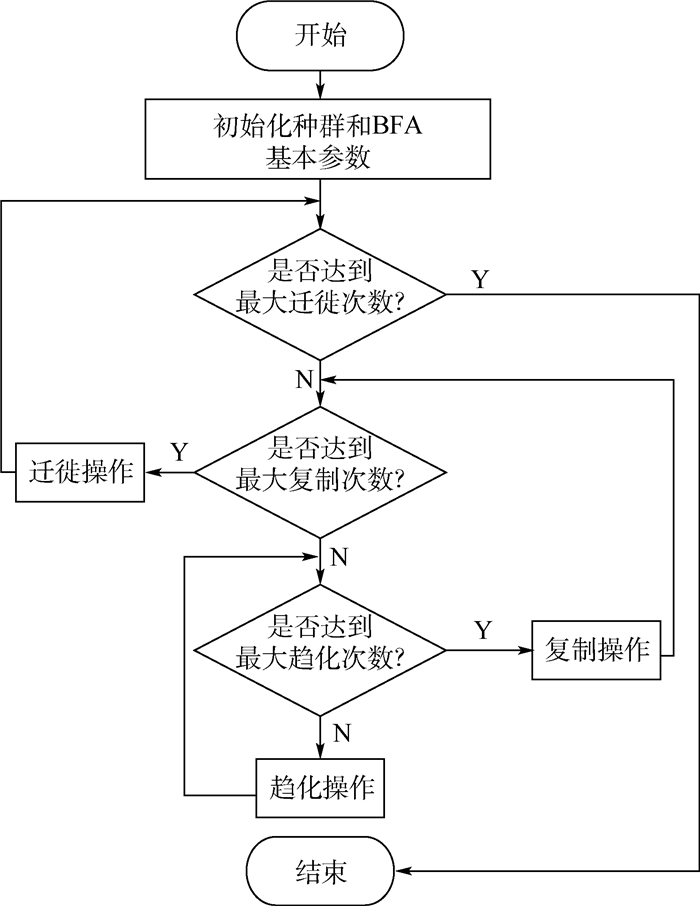From the perspectives of the current verification work there are a few issues need to be addressed, such as the top-level planning is not enough, the interfaces between the development organization and test organization are not well defined, the sufficiency of the verification activities is difficult to be determined. By combining the verification scenario modeling in civil aircraft development process based on system engineering and revolving around the verification requirements, a novel methodology of verification work process is introduced in this paper. Firstly, based on the product design requirements, the identification of stakeholders in the verification scenario is conducted, the activities and the time sequence of events associated with the scenario model are studied. Secondly, all the contained elements associated with the verification requirements are defined, the verification requirements capturing from the model is described, and the mapping traceability among the design requirements, the verification methods, and the verification requirements are constructed. At last, the methodology for defining the verification planning and the verification procedure based on the verification scenario model is investigated. Using the landing gear system of an aircraft as an example, a complete approach is demonstrated by proceeding from design requirements to verification requirements and then to verification procedures. The proposed technical method can ensure the completed traceability from product design requirements to verification activities, effectively facilitates the integration between the verification process and the product design process in civil aircraft development. Moreover, the method introduced here provides a valuable example for planning the verification activities in the early stage of civil aircraft development.



